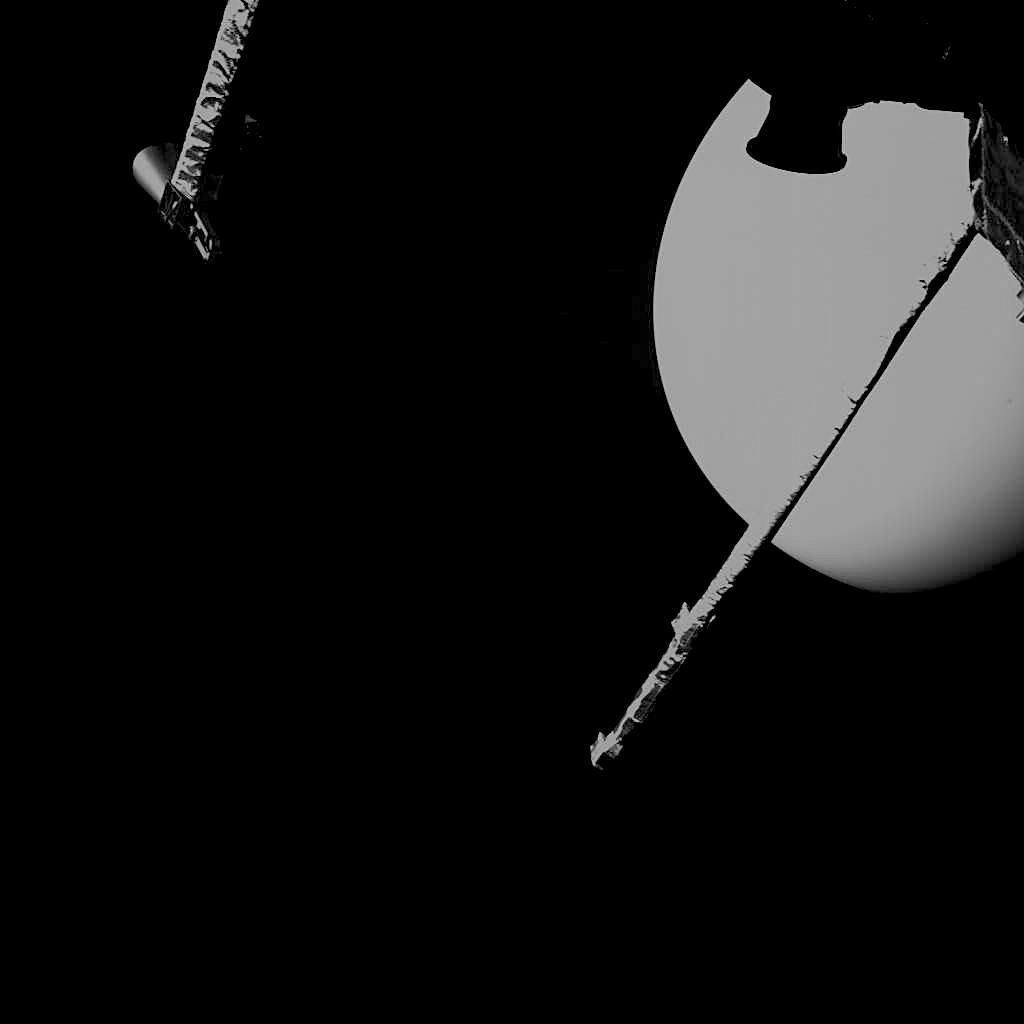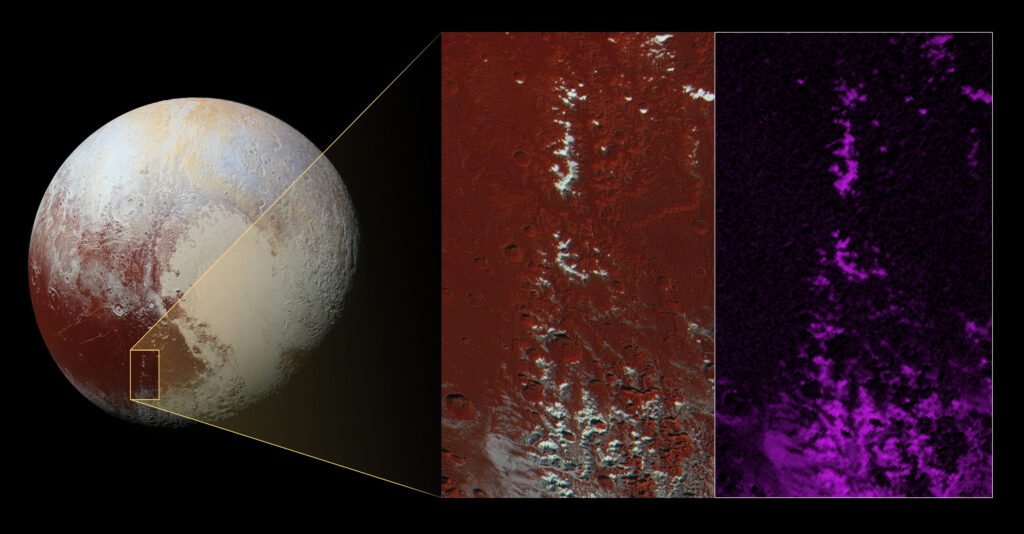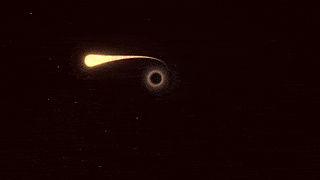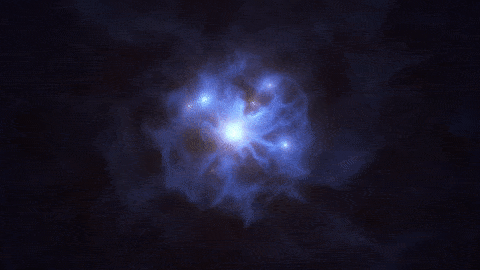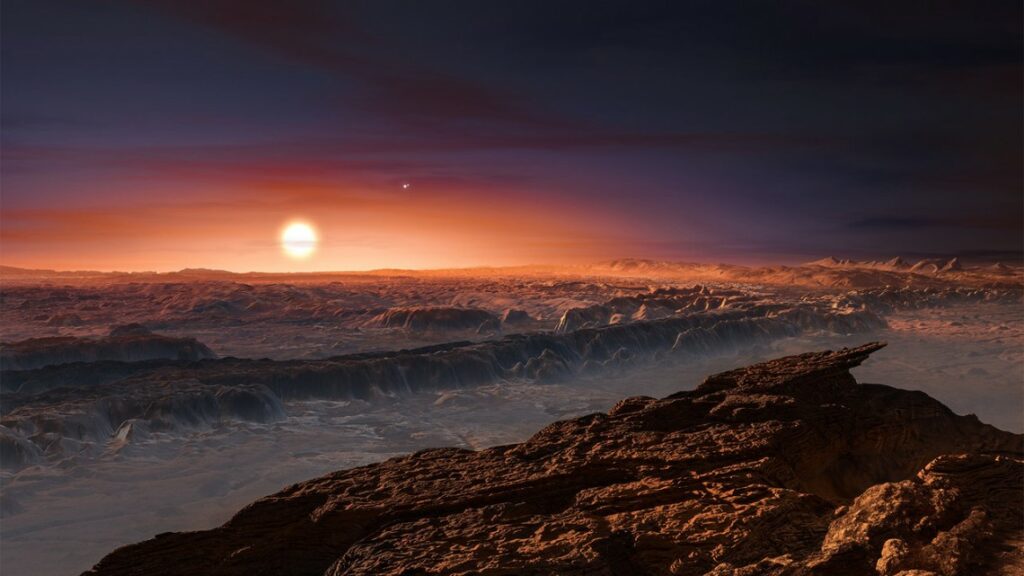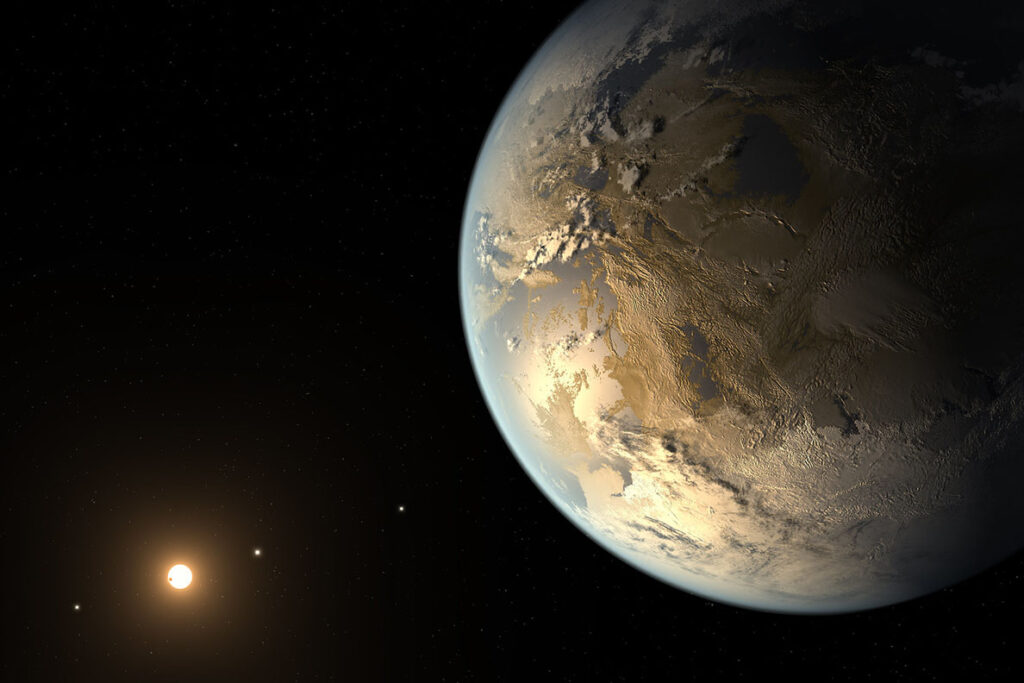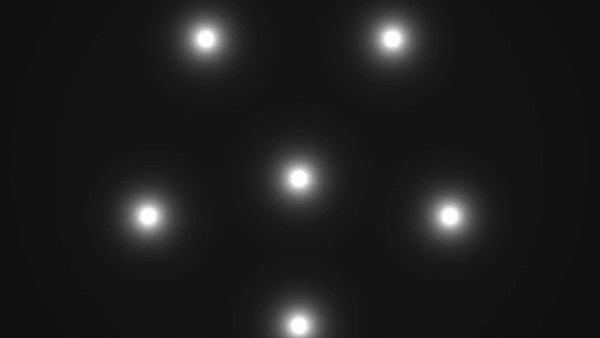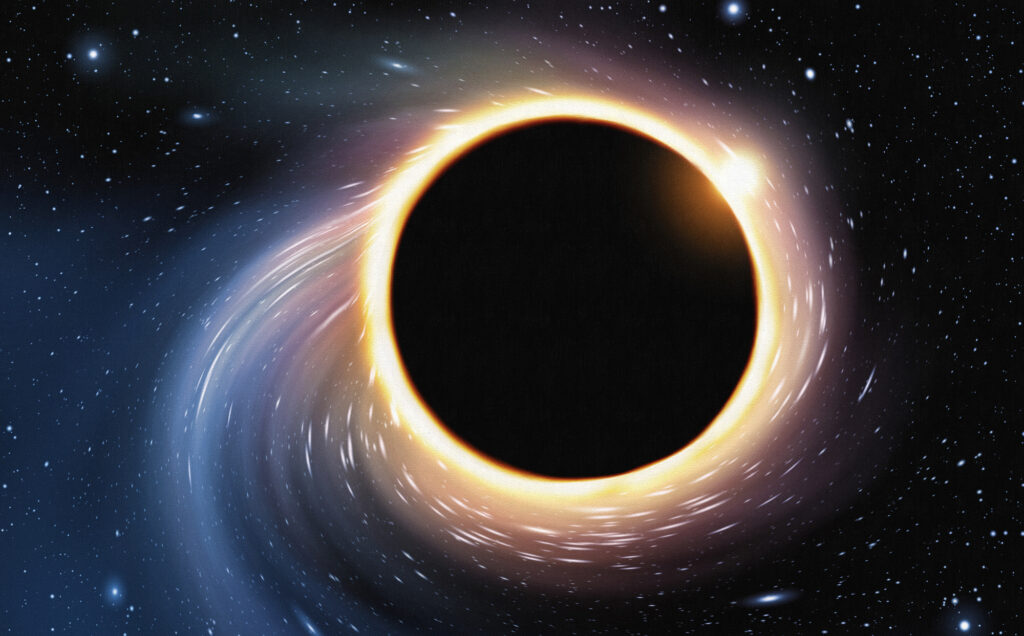BepiColombo photographs Venus in flight
The ESA-JAXA mission BepiColombo has completed the first of two flybys of Venus needed to put it on course for the innermost planet of the solar system, Mercury. The closest approach to the Earth's hot sister took place this morning (15. 10.) at 03:58 GMT at a distance of about 10 720 km from the planet's surface. Launched on 20 October 2018, the spacecraft will require nine gravity assist fly-bys - one to Earth, two to Venus and six to Mercury - before it can enter orbit around Mercury in 2025. The flybys will use the gravitational pull of…

